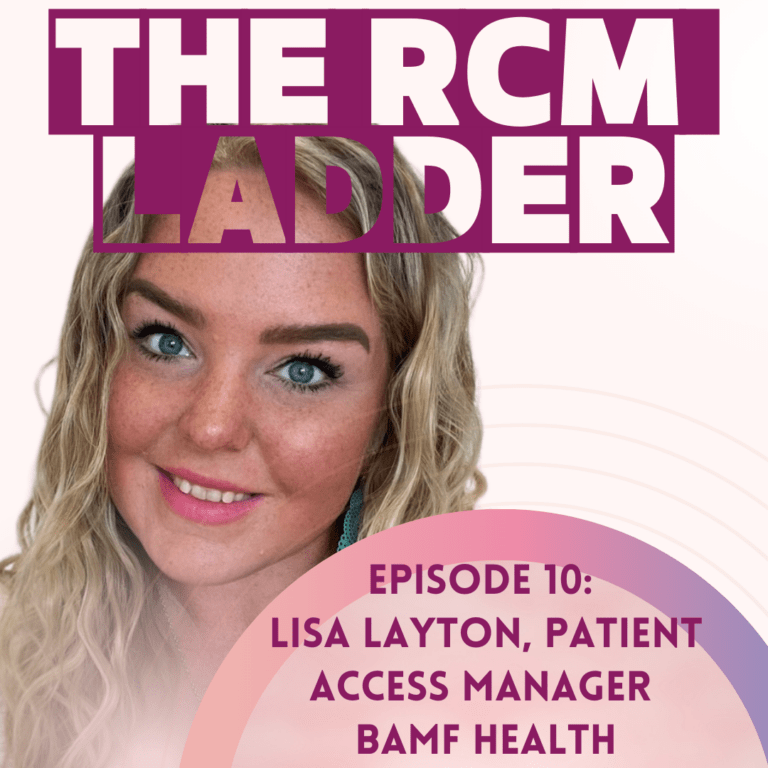MetroHealth in Washington, DC is an FQHC lookalike. The non-profit integrated primary care organization was founded 30 years ago providing support services to HIV positive patients. Since then, they’ve expanded consistently to focus on primary care delivery and chronic disease management.
As they’ve grown and expanded, MetroHealth brought on CEO Miguel McInnis in 2019 to help the organization continue to scale and grow, becoming certified as a patient-centered medical home and a diabetes certified provider.
Under Miguel McInnis’s leadership, MetroHealth created better cross-pollination between support service segments such as their food bank, non-clinical case management, nutritional counseling, weight management, tele-diabetes, and 340 B services with the intent on driving primary care services such as Internal Medicine, Family, Infectious Disease and newly added Ob/Gyn services.
They’ve also partnered with the Adventist HealthCare Clinically Integrated ACO, One Health Quality Alliance, to improve patient experience and engage in Value-Based cost-sharing relationships with CareFirst, Aetna, and CIGNA, and other Medicaid MCOs.
Through it all, McInnis has never lost sight of the patients his organization serves. All of his efforts are through the lense of helping them. He joins the podcast to discuss why having actual patients make up more than 50% of the organization’s board of directors is a key way to ensure you are meeting their needs and giving them the best experience possible.
“It was scary at first,” says McInnis. “You’re holding yourself to a standard and you’re being transparent. When we sit down and say to the board, ‘hey, this is something that we need to do’ it’s the right thing to do, but it also keeps us focused on what we’re here to do, which is serve patients.”
Listen on: Apple Podcasts| Spotify | Google Podcasts | Overcast | YouTube
Listen:
Watch:
Episode Highlights:
The Patient isn’t Always Right
Even as healthcare embraces the notion of consumerism, or patients-as-consumers, it is important to remember that patients aren’t always right — unlike in other service industries. Patients are entering their care journey often with Google as a starting point and that can lead to them being misinformed.
“Patients don’t always have complete information,” he says. “Let’s be honest here. There’s a lot of noise out here. The challenge really is understanding how to help reset the expectations for our patients.”
McInnis says that MetroHealth places a huge premium on patient education and care management to create an environment where patients feel as though they are being taken care of in a partnership, not a paternalistic relationship.
Put Patients on Your Board of Directors
The board of directors at MetroHealth is 51% comprised of patients, which means patients are their largest shareholder and largest voting block. That means nothing gets done without the explicit approval of patients.
“If we’re not constantly measuring how our patients are reacting to the service that we’re providing, what ends up happening is other noise can creep it,” McInnis says. “And so in an environment where you’re constantly competing for value, you have to make sure that you’re constantly looking at where you are in relationship to your customer.
“From that perspective our board understands and our team understands because that is something that’s also a part of our state. At our monthly staff meetings, we’re looking at how we’re doing and that information is shared with the team and everyone has a role to play in that.”
Fix Problems Patients Actually Care About
Sometimes healthcare systems want to make changes that they think are in the best interest of patients instead of actually listening to patients. MetroHealth has made a huge effort to listen to patients — not only by putting them on the board of directors — but also through engagement surveys and better two way communication.
While there are always things that can be improved or fixed, prioritizing the list based on patient preference goes a long way to earning their loyalty. One example he cites is just fixing their automated phone system to make it more responsive and easier for patients to use. It’s not as sexy as rolling out digital apps or other things like that, but it’s something patients have greatly appreciated.
“As we’re growing we’re recognizing that at the end of the day the expectations are changing,” he says. “And so we want to make sure that we’re constantly looking at how long does it take for a call to answer? How long does it take for a patient to get a return call if they leave a voicemail? These are now metrics that we’re monitoring as well. We’re using the patients survey experience as another tool to let us know where there are opportunities for improvement.”



